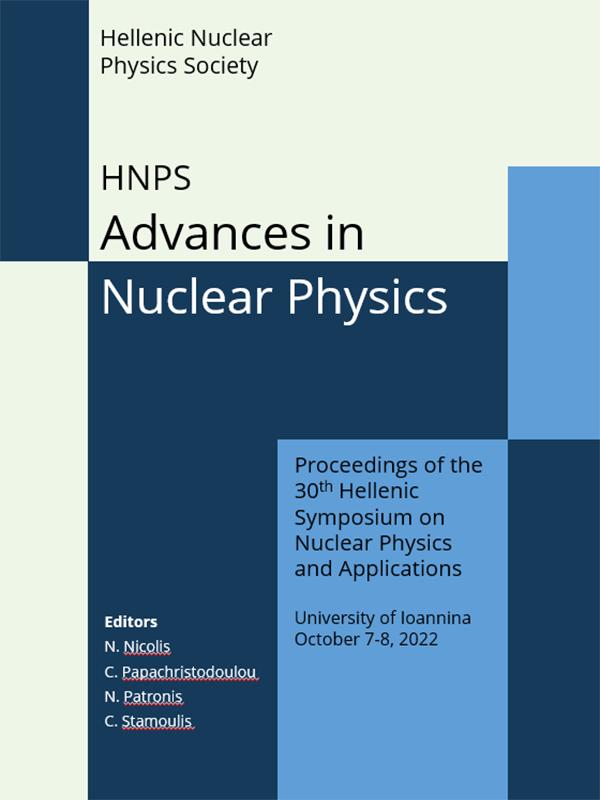The Effects of Dark Matter upon Neutron Stars’ Properties

Abstract
The nature of Dark Matter remains elusive despite all of our efforts. This missing matter of the universe cannot be directly observed, but we can see its gravitational effects. Galaxies and Clusters of Galaxies are most likely to contain Dark Matter that is trapped to their Gravitational Field. This leads us to the natural conclusion that Compact Objects might contain Dark Matter too. Neutron Stars are the natural laboratories that we can test our theories and receive crucial observational data. Thus, many models of Dark Matter have been produced to check the existence of Dark Matter in those stars. Since we know for sure the varying parameters of Neutron Stars (Radii, Mass, Λ etc.), by inserting Dark Matter to our equations we can see the differences we obtain in the aforementioned parameters. In this study, we chose to work with the Dark Matter Halo model, where a Neutron Star’s gravitational field is able to trap Dark Matter, but the latter expands way beyond the star’s radius, creating a Dark Halo around the Neutron Star. By studying the various parameters of the Star, we can obtain crucial information about the whole structure and the nature of Dark Matter.
Article Details
- How to Cite
-
Vikiaris, M. (2023). The Effects of Dark Matter upon Neutron Stars’ Properties . HNPS Advances in Nuclear Physics, 29, 208–214. https://doi.org/10.12681/hnpsanp.5081
- Issue
- Vol. 29 (2023): HNPS2022
- Section
- Poster contributions

This work is licensed under a Creative Commons Attribution-NonCommercial-NoDerivatives 4.0 International License.





